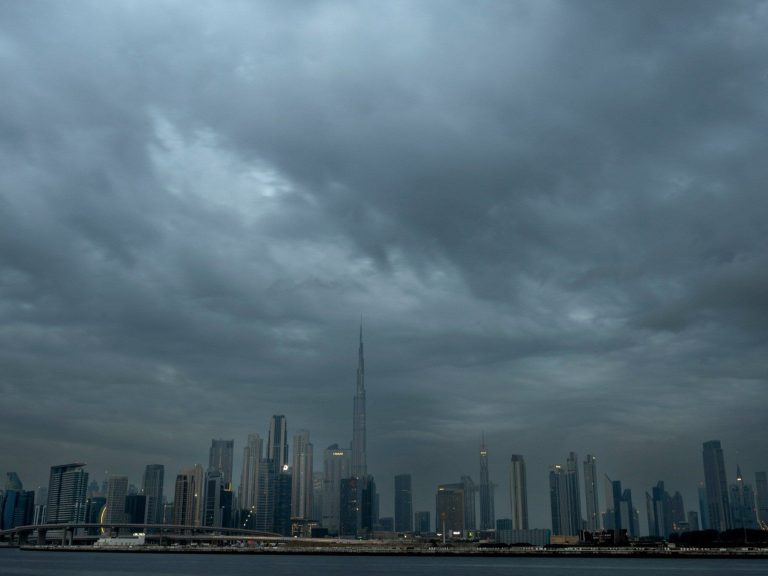Scientists report record low ice cover in Antarctica. They ask: Is this the beginning of the end?

The record low size of glaciers is recorded for the second time in just two years. Some scientists warn that large declines in this respect are a sign of the climate crisis.
The ice covering of Antarctica has just shrunk to 737,000 years. square miles, or approximately 1.91 million square kilometers. This is the result of the reading from February 13 this year, which is the latest record. The previous worst result was recorded on December 25 last year and it was 741,000 square miles, or 1.92 million square kilometers.
A record-breakingly small glacier
The last two years are also special because it was the only period since 1978 when the size of the glacier in Antarctica fell below 2 million square kilometers. What’s more, it’s not “just a record bad reading.” Ted Scambos from the University of Colorado Boulder pointed out the very rapidly declining trend.
Unlike the Arctic, where the loss of ice sheets generally follows a constant trajectory, in Antarctica there are large fluctuations. Antarctic ice is thinner than that in the Arctic, with greater rises in winter and deeper falls in summer.
Scientists ask: Is this the beginning of the end?
Just in 2014, researchers observed an envelope of 7.76 million square miles, and in 2016 they noticed a sharp opposite trend. – The question is, has climate change reached Antarctica? Is this the beginning of the end? Will the glacier disappear for good in the coming years? – said Christian Haas, head of the Sea Ice Physics Research Section at the Alfred Wegener Institute in Germany, on CNN.
Several factors may be contributing to record ice melt. One of them is the general increase in temperature in the world, including in the Antarctic region. There is also talk of westerly winds affecting the melting of sea ice. The increasing wind force is, in turn, attributed to pollution on the ground and the ozone hole. One of the hypotheses also talks about heat deposits located just under the ocean surface.






